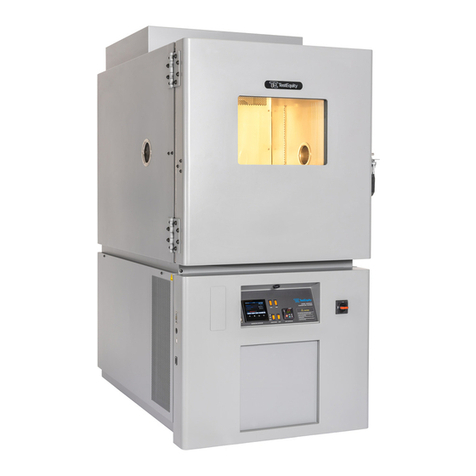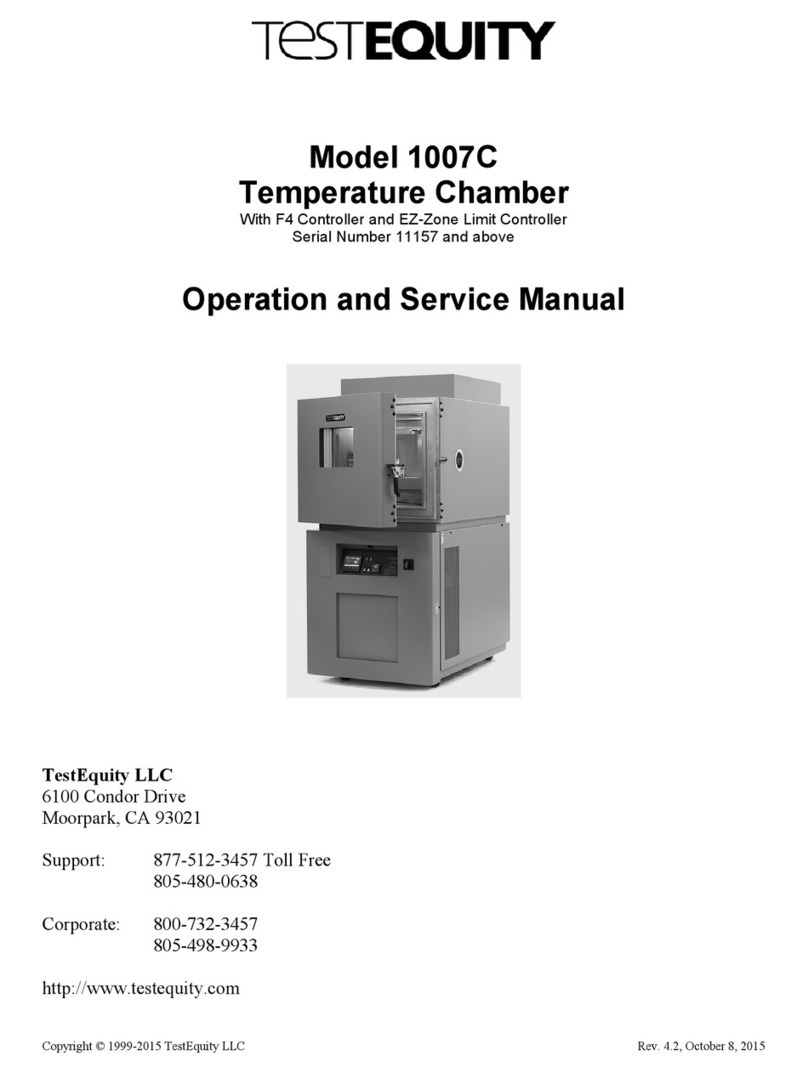
Table of Contents
Chapter 1 – Safety Instructions________________________________________________ 1-1
Introduction ____________________________________________________________________1-1
Installation Safety Notices _________________________________________________________1-1
Operation Safety Notices __________________________________________________________1-2
Chapter 2 – Installation ______________________________________________________ 2-1
Uncrating_______________________________________________________________________2-1
Preparation For Use ______________________________________________________________2-1
Installation Location _____________________________________________________________2-2
Input Power Configuration ________________________________________________________2-3
Overview_____________________________________________________________________________ 2-3
Voltage and Phase Configuration __________________________________________________________ 2-4
Connection to the Power Source ____________________________________________________2-5
Humidity Water Connection _______________________________________________________2-6
Plumbed Demineralized Water Installation __________________________________________________ 2-6
Water Recirculation System Installation, Model W100 _________________________________________ 2-6
Water Recirculation System Filter Cartridge Replacement ______________________________________ 2-6
Chapter 3 – Operation _______________________________________________________ 3-1
Introduction ____________________________________________________________________3-1
Summary of Chamber Operation ___________________________________________________3-1
Front Panel Switches and Lights____________________________________________________3-2
Main Disconnect Switch _________________________________________________________________ 3-2
CONDITIONING Switch – ON Mode ______________________________________________________ 3-2
CONDITIONING Switch – EVENT 1 Mode _________________________________________________ 3-2
LIGHT Switch_________________________________________________________________________ 3-2
HEAT Light __________________________________________________________________________ 3-2
COOL Light __________________________________________________________________________ 3-2
Loading the Chamber ____________________________________________________________3-4
Performance Considerations ______________________________________________________________ 3-4
Port Plugs ____________________________________________________________________________ 3-5
Avoiding Moisture (non-humidity mode) ____________________________________________________ 3-5
Internal Test Fixtures ___________________________________________________________________ 3-5
Humidity Operation ______________________________________________________________3-6
Humidity Mode Enable__________________________________________________________________ 3-6
Standard Humidity Range________________________________________________________________ 3-6
Humidity Mode Considerations ___________________________________________________________ 3-6
Purge Option____________________________________________________________________3-7
GN2 (Gaseous Nitrogen) Installation (Option TE-0031) ________________________________________ 3-7
Dry Air Installation (Option TE-0034) ______________________________________________________ 3-7
Purge Operation _______________________________________________________________________ 3-7
Adjusting the Purge Flow ________________________________________________________________ 3-7
Relief Vent ___________________________________________________________________________ 3-8
Chapter 4 - Limit Controller __________________________________________________ 4-1
Introduction ____________________________________________________________________4-1
Limit Controller Keys and Displays ________________________________________________________ 4-2
How to Set the High and Low Temperature Safety Limits _______________________________________ 4-2
Resetting an Out of Limit Condition________________________________________________________ 4-2
Silencing the Audible Alarm______________________________________________________________ 4-2
Protecting an Energized Test Sample _______________________________________________________ 4-3
Chapter 5 – Frequently Asked Questions________________________________________ 5-1
Chapter 6 – Specifications ____________________________________________________ 6-1

































